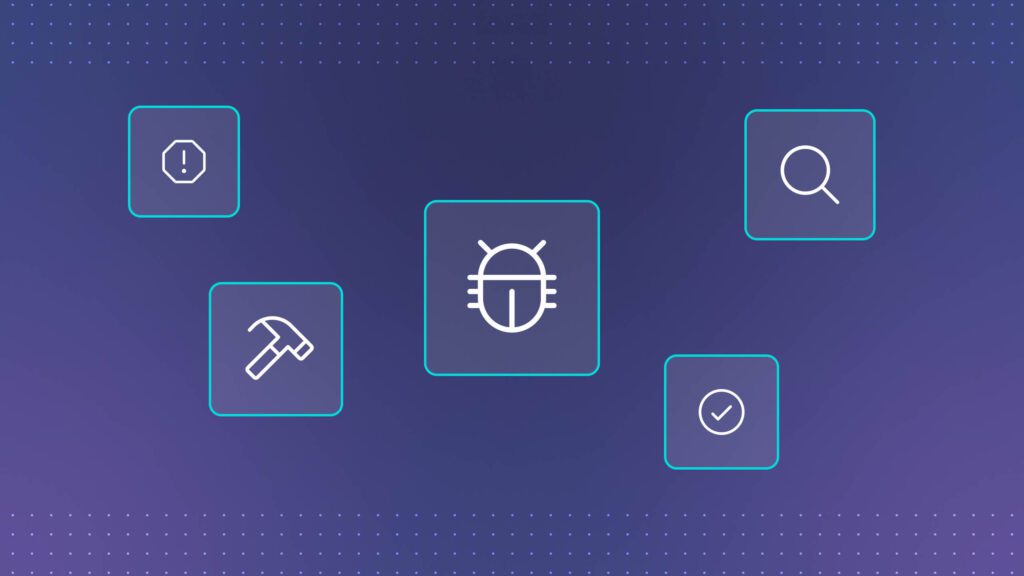Debugging is a crucial skill for developers to master, regardless of experience level. To efficiently troubleshoot coding errors, one should follow a systematic approach and utilize appropriate tools. Understanding the problem by reading error messages and reproducing the issue is crucial. Using a debugger in integrated development environments helps in identifying the root cause of bugs. Print statements can trace code flow and pinpoint errors, especially when a debugger is not available. Dividing code into smaller parts, checking assumptions, and seeking help from colleagues or online resources can also aid in successful debugging. By implementing these strategies, developers can become more effective at resolving coding errors.
Debugging Made Easy: How to Troubleshoot Coding Errors Efficiently
Introduction
Debugging is an essential skill for any developer. No matter how experienced you are, you will inevitably encounter bugs in your code. The key to successful troubleshooting is to have a systematic approach and utilize the right tools. In this article, we will explore some strategies to help you debug your code more efficiently.
Understand the Problem
The first step in debugging is to understand the problem. Take the time to carefully read the error messages and try to reproduce the issue. This will give you valuable insights into what might be causing the bug.
Use a Debugger
A debugger is a tool that allows you to step through your code line by line, inspecting variables and finding the root cause of the problem. Most integrated development environments (IDEs) come with built-in debuggers that you can use to find and fix bugs in your code.
Print Statements
If you don’t have access to a debugger, you can use print statements to trace the flow of your code and identify where things are going wrong. By strategically placing print statements throughout your code, you can track the values of variables and pinpoint the source of the error.
Divide and Conquer
If you are dealing with a large codebase, it can be overwhelming to try and debug everything at once. Instead, try dividing your code into smaller chunks and isolating the problem. This way, you can narrow down the scope of your search and focus on troubleshooting one specific area at a time.
Check Your Assumptions
One common source of bugs is faulty assumptions. Make sure you understand the requirements of your code and double-check any assumptions you may have made. By questioning your assumptions, you may uncover hidden bugs that were causing the issue.
Seek Help
Don’t be afraid to ask for help. Reach out to your colleagues, post on forums, or consult online resources for assistance. Sometimes, a fresh pair of eyes can help you see things from a different perspective and lead to a breakthrough in your debugging process.
Conclusion
Debugging can be a frustrating process, but with the right approach and tools, you can efficiently troubleshoot coding errors and improve the quality of your code. By following the strategies outlined in this article, you can become a more effective debugger and tackle bugs with confidence.
